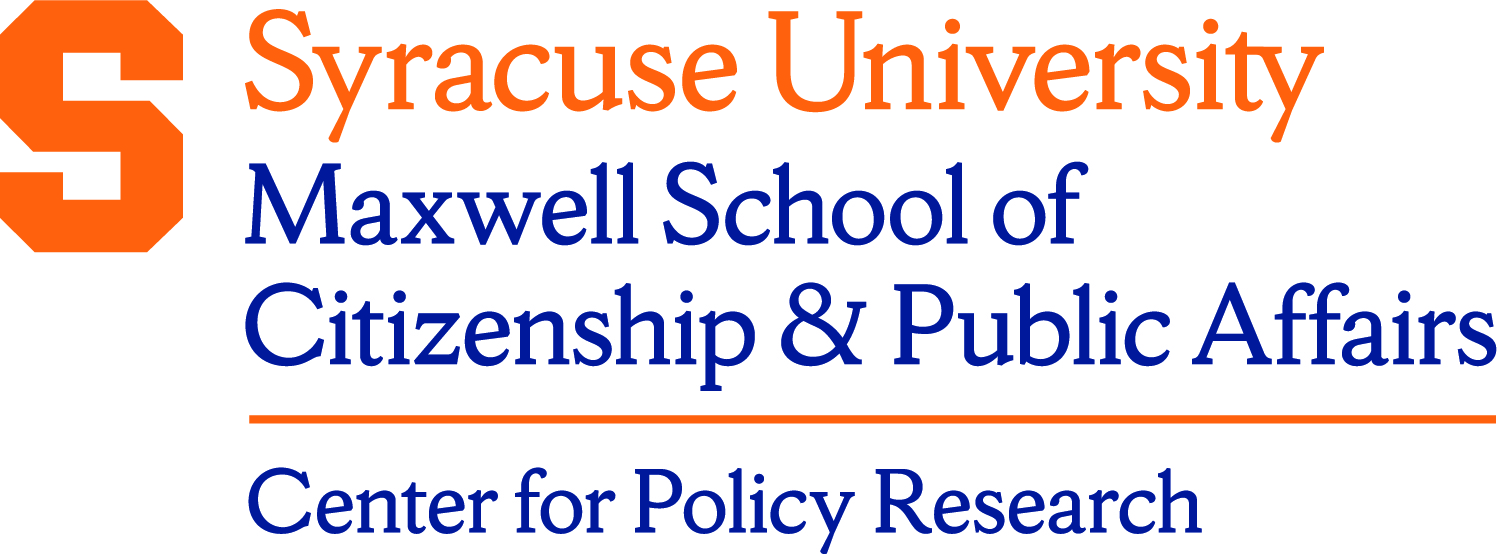Description/Abstract
The Occupation Safety and Health Administration enforces safety regulations through workplace inspections. To identify the effect of inspections on worker safety, this study exploits quasi-experimental variation in inspections due to OSHA’s Site Specific Targeting plan. The SST plan used establishment-level data on accidents and injuries to target establishments for inspection. The primary inspection list consisted of establishments with case rates exceeding a cutoff. This cutoff generated a discontinuous increase in inspections, which is used to identify the effect of inspections on worker safety. Using the fuzzy regression discontinuity design and local linear regression, the estimated effect of an inspection on cases involving days away from work, job restrictions, and job transfers is -1.607 per 100 full-time equivalent workers. The effect is most pronounced among manufacturing establishments below the 90th percentile of the case-rate distribution.
Document Type
Working Paper
Date
Spring 2-2017
Keywords
OSHA, Worker Safety, Regression Discontinuity, Site Specific Targeting plan, Fuzzy regression
Language
English
Series
Working Papers Series
Disciplines
Social Welfare | Sociology | Work, Economy and Organizations
ISSN
1525-3066
Recommended Citation
Li, Ling and Singleton, Perry, "The Effect of Workplace Inspections on Worker Safety" (2017). Center for Policy Research. 230.
https://surface.syr.edu/cpr/230
Accessible PDF version
Source
Local input
Creative Commons License

This work is licensed under a Creative Commons Attribution 3.0 License.




Additional Information
Working paper no. 201
For valuable comments, the authors thank Gary Engelhardt, Alfonso Flores-Lagunes, Hugo Jales, and Jeffrey Kubik.